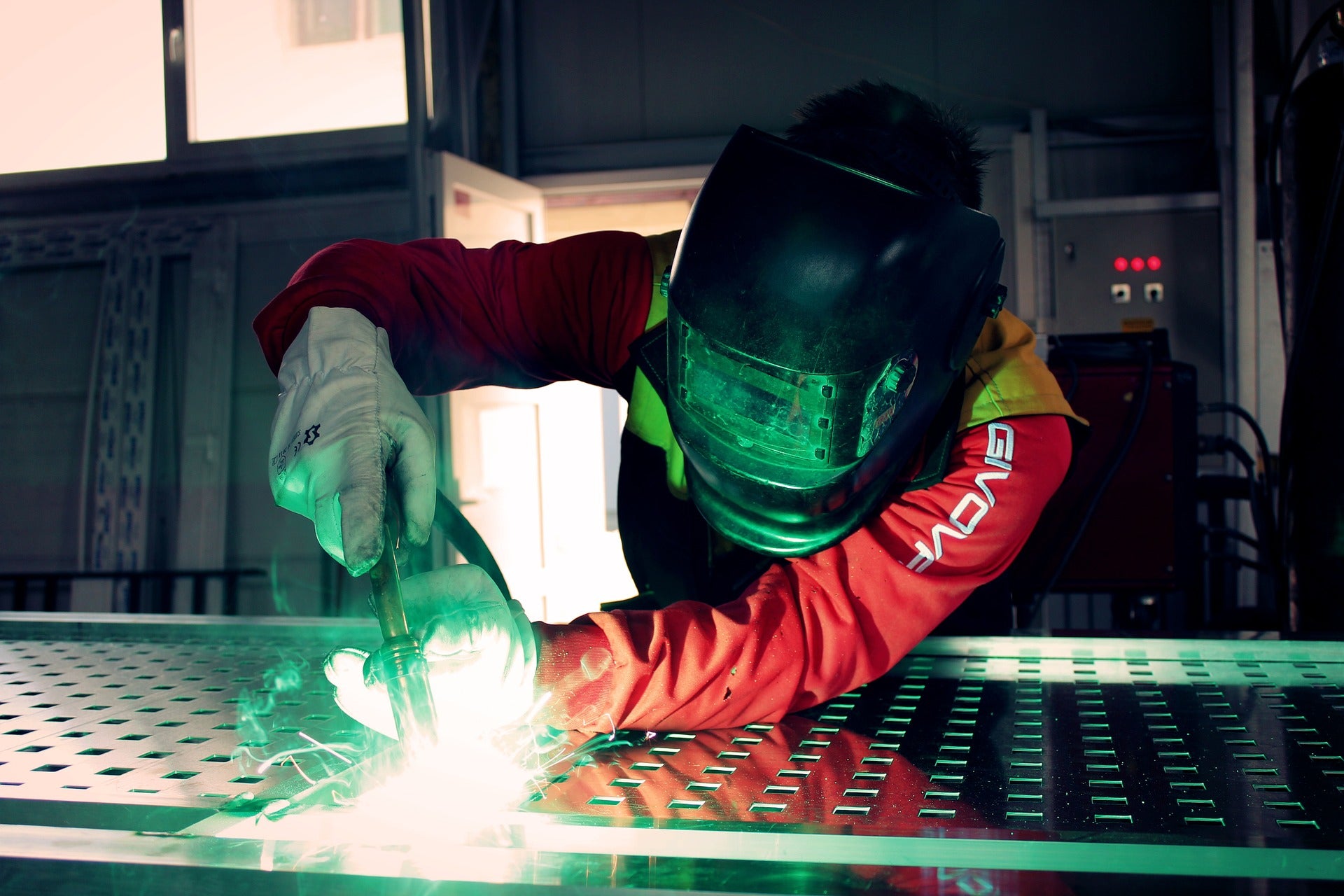The Kinder Institute's next Education Research Engagement Series event will focus on career and technical education. Register now to join us on Feb. 28.
Employment across the state is estimated to grow by 18.3% by 2030. And although nearly 2 out of every 3 Texas jobs are projected to require at least some postsecondary education or training by 2031, many of these are “middle skill” jobs — roles that require more knowledge or training than a high school education but less than a four-year degree.
Indeed, according to the Greater Houston Partnership, there is evidence that Houston has an above-average and growing demand for middle-skill workers. Raising awareness and creating training opportunities for these careers will be pivotal to Houston’s continued economic success.
Several public-private initiatives have launched in recent years aimed at addressing skills gaps, increasing the workforce readiness of Texas high school and college graduates, and strengthening the talent pipeline of the local economy. These initiatives often focus on underserved communities, such as Houston Complete Communities’ plan to sponsor partnerships with local businesses to provide area youths in 10 targeted neighborhoods with job connections, training and support transitioning into higher education.
An additional opportunity for businesses in the Greater Houston region is to invest in local high school Career and Technical Education (CTE) programs. According to data from the Houston Education Research Consortium at Rice University’s Kinder Institute for Urban Research, local CTE programs are effectively using industry-related curriculums to produce workforce-ready graduates.
Texas high schools have emphasized CTE since 2013, when state legislation prioritized trade-focused skill-building in secondary curriculums. Historically providing vocational or trades-focused education, high school CTE programs are now centered around developing a wide range of job skills and workforce readiness in fields like information technology, finance and health science.
While CTE programs are an important component of preparing high school students to enroll in and graduate from college, many students also benefit from curriculums that teach specialized skills that don’t immediately or ever require a postsecondary degree, offering a direct pathway into the workforce. A 2023 HERC study on Houston-area high school graduates who participated in a CTE program showed they had higher employment levels and higher earnings potential, regardless of whether they enrolled in college right after high school or not.
In addition, graduates who found employment in industries that matched their CTE program of study were predicted to earn 3%-5% more pay starting immediately after high school, on average, than graduates who found employment in other industries. However, HERC found that only 7% of CTE graduates were employed in industries that matched their CTE program in the year immediately following graduation, although that rose to 14% by the time graduates had been in the workforce for six years. This represents an incredible missed opportunity for the business community: CTE grads have demonstrated interest and hands-on experience in in-demand industries, including many fields that don’t require further study, but they often end up working in service industry or retail jobs in their early years in the workforce.
Business owners and leaders who get involved in local CTE programs by offering mentoring, internships or other training should be turning these connections into hiring opportunities.
The rise in CTE grads working within their field of focus in the years following graduation implies that more high school students would like to move directly into a related career, but lack either access to employment or a postsecondary credential. With CTE grads being more likely to both work and attend college after graduation than their non-CTE peers (36% versus 31%), employers could offer tuition stipends to help young workers complete their certifications or coursework while also learning on the job, or even reconsider if the CTE curriculum is sufficient to take the place of college-level coursework, especially as local colleges are increasingly offering dual credit and even full certifications to high school CTE students.
For example, Aldine ISD recently announced a partnership with Memorial Hermann Health System (with $250 million in funding from Bloomberg Philanthropies) that will create a new Health Education and Learning High School. Opening this fall, HEAL will offer “specialized health care classes, work-based learning, and the opportunity to earn industry-valued credentials and certifications along with traditional high school learning and diplomas.” Students will gain direct work experience and access to jobs within Memorial Hermann immediately following graduation. This partnership will create an exclusive pipeline of young workers with in-demand skills for Memorial Hermann and promises well-paying jobs with high career-growth potential for a population with a 91% poverty rate.
But CTE investment does not have to happen at this scale to make a difference. Embedded partnerships with schools could result in mentoring and training programs through which industry experts strengthen the local talent pipeline by supporting graduates as they transition into the workforce. Such partnerships could create a pathway for graduates from a plumbing and pipefitting program of study to move directly into that field as apprentices, or those from an information technology CTE program to complete an employer-sponsored “boot camp” that builds on their existing knowledge.
Additionally, business owners and other professionals could inform departments and students about emerging workforce trends and opportunities, reducing lag in realignment between labor market workforce needs and related education. Alief ISD’s Marshall Center for Advanced Careers already provides a platform for disseminating this type of information, and districts including Katy ISD and Spring ISD offer opportunities for community members to get involved via their CTE boards.
The data has shown that investing in Houston-area high school CTE programs yields positive outcomes for students, including increased earnings and employment rates. By actively engaging with these programs, businesses would also contribute to closing the skills gap, aligning education with workforce needs and increasing economic opportunities for young Houstonians. Strengthening partnerships between businesses, schools and community organizations will be essential in preparing students for both higher education and entry into the workforce, ultimately contributing to the area’s economic success.



